Hyundai i30 vs SsangYong Korando – Performance, range & efficiency compared
Both models have their strengths – but which one suits you more?
Compare performance, efficiency, price and space directly: Hyundai i30 or SsangYong Korando?
Here’s where it gets real: The technical differences in detail
Costs and Efficiency: Looking at overall running costs, both models reveal some interesting differences in everyday economy.
Hyundai i30 has a a bit advantage in terms of price – it starts at 24000 £, while the SsangYong Korando costs 27000 £. That’s a price difference of around 3000 £.
Fuel consumption also shows a difference: the Hyundai i30 manages with 5.70 L and is therefore evident more efficient than the SsangYong Korando with 7.50 L. The difference is about 1.80 L per 100 km.
Engine and Performance: Power, torque and acceleration are the classic benchmarks for car enthusiasts – and here, some clear differences start to show.
When it comes to engine power, the SsangYong Korando has a evident edge – offering 190 HP compared to 140 HP. That’s roughly 50 HP more horsepower.
In acceleration from 0 to 100 km/h, the SsangYong Korando is slightly quicker – completing the sprint in 8.40 s, while the Hyundai i30 takes 9.60 s. That’s about 1.20 s faster.
In terms of top speed, the Hyundai i30 performs slight better – reaching 197 km/h, while the SsangYong Korando tops out at 191 km/h. The difference is around 6 km/h.
There’s also a difference in torque: the SsangYong Korando pulls clearly perceptible stronger with 360 Nm compared to 253 Nm. That’s about 107 Nm difference.
Space and Everyday Use: Cabin size, boot volume and payload all play a role in everyday practicality. Here, comfort and flexibility make the difference.
Both vehicles offer seating for 5 people.
In curb weight, the Hyundai i30 is somewhat lighter – 1291 kg compared to 1517 kg. The difference is around 226 kg.
In terms of boot space, the SsangYong Korando offers noticeable more room – 551 L compared to 395 L. That’s a difference of about 156 L.
In maximum load capacity, the Hyundai i30 performs hardly perceptible better – up to 1301 L, which is about 53 L more than the SsangYong Korando.
When it comes to payload, Hyundai i30 barely noticeable takes the win – 509 kg compared to 463 kg. That’s a difference of about 46 kg.
All in all, the SsangYong Korando shows itself to be wins solidly and secures the title of DriveDuel Champion.
It impresses with the more balanced overall package and proves to be the more versatile companion for everyday use.
Hyundai i30
The Hyundai i30 stands out in the hatchback segment with its sleek design and modern features. It offers a comfortable ride with a well-crafted interior that caters to both driver and passengers. With its emphasis on safety and technology, the i30 provides a balanced driving experience suitable for urban and suburban environments.
details @ hyundai.news
@ hyundai.news
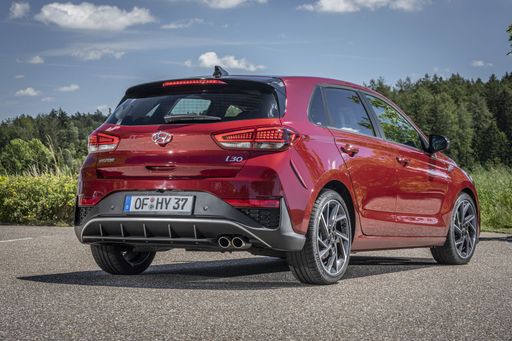 @ hyundai.news
@ hyundai.news
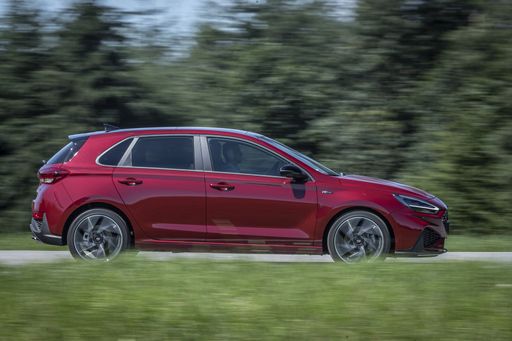 @ hyundai.news
@ hyundai.news
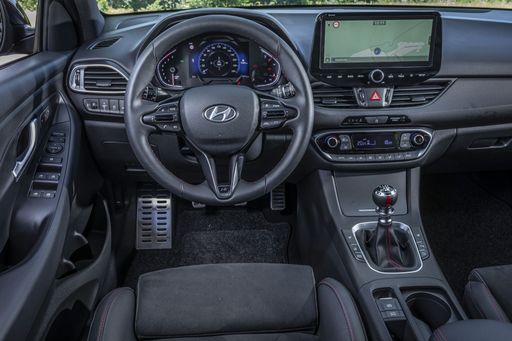 @ hyundai.news
@ hyundai.news
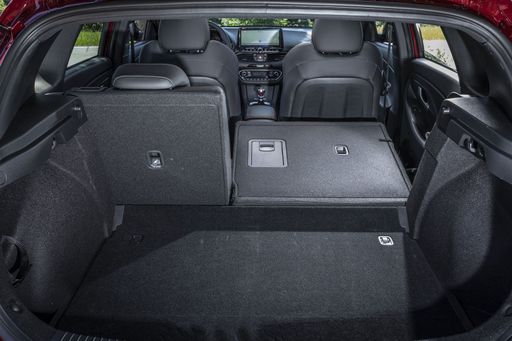 @ hyundai.news
@ hyundai.news
SsangYong Korando
The SsangYong Korando offers a blend of contemporary design and practicality, making it an appealing choice for urban adventurers. Its spacious interior and comfortable seating ensure a pleasant driving experience for both driver and passengers. With its reliable performance and advanced features, the Korando stands out in the competitive SUV market.
details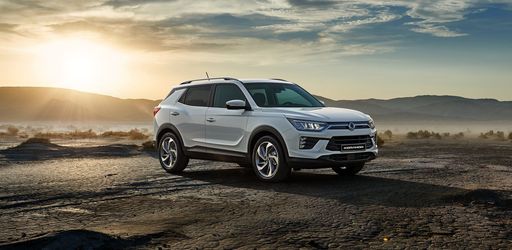 @ Ssangyong
@ Ssangyong
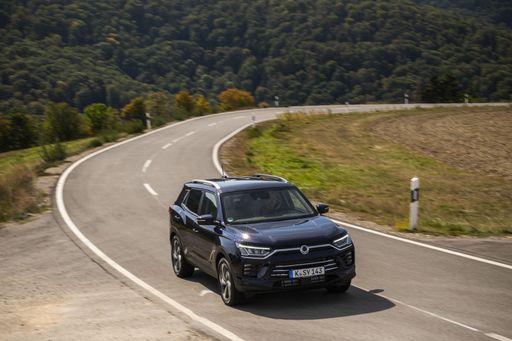 @ Ssangyong
@ Ssangyong
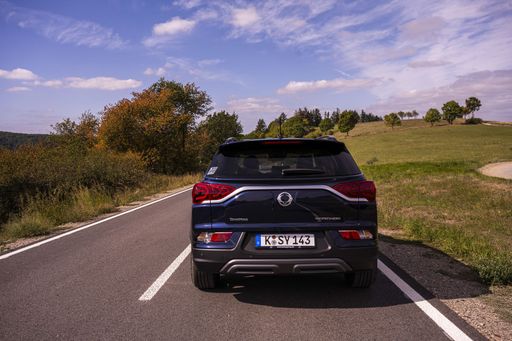 @ Ssangyong
@ Ssangyong
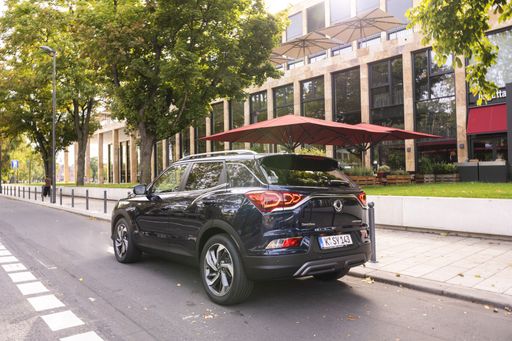 @ Ssangyong
@ Ssangyong
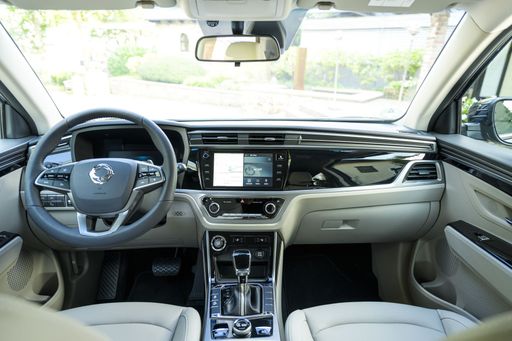 @ Ssangyong
@ Ssangyong

|

|
|
|
|
Costs and Consumption |
|
|---|---|
|
Price
24000 - 29300 £
|
Price
27000 - 42000 £
|
|
Consumption L/100km
5.7 - 6 L
|
Consumption L/100km
7.5 - 8.6 L
|
|
Consumption kWh/100km
-
|
Consumption kWh/100km
16.80 kWh
|
|
Electric Range
-
|
Electric Range
339 km
|
|
Battery Capacity
-
|
Battery Capacity
-
|
|
co2
130 - 136 g/km
|
co2
0 - 197 g/km
|
|
Fuel tank capacity
50 L
|
Fuel tank capacity
50 L
|
Dimensions and Body |
|
|---|---|
|
Body Type
Hatchback
|
Body Type
SUV
|
|
Seats
5
|
Seats
5
|
|
Doors
5
|
Doors
5
|
|
Curb weight
1291 - 1407 kg
|
Curb weight
1517 - 1840 kg
|
|
Trunk capacity
395 L
|
Trunk capacity
551 L
|
|
Length
4340 mm
|
Length
4450 - 4465 mm
|
|
Width
1795 mm
|
Width
1870 mm
|
|
Height
1455 mm
|
Height
1620 - 1645 mm
|
|
Max trunk capacity
1301 L
|
Max trunk capacity
1248 L
|
|
Payload
463 - 509 kg
|
Payload
410 - 463 kg
|
Engine and Performance |
|
|---|---|
|
Engine Type
Petrol, Petrol MHEV
|
Engine Type
Petrol, Electric
|
|
Transmission
Manuel, Automatic
|
Transmission
Manuel, Automatic
|
|
Transmission Detail
Manual Gearbox, Dual-Clutch Automatic
|
Transmission Detail
Manual Gearbox, Automatic Gearbox, Reduction Gearbox
|
|
Drive Type
Front-Wheel Drive
|
Drive Type
Front-Wheel Drive, All-Wheel Drive
|
|
Power HP
100 - 140 HP
|
Power HP
163 - 190 HP
|
|
Acceleration 0-100km/h
9.6 - 13.1 s
|
Acceleration 0-100km/h
8.40 s
|
|
Max Speed
178 - 197 km/h
|
Max Speed
156 - 191 km/h
|
|
Torque
172 - 253 Nm
|
Torque
260 - 360 Nm
|
|
Number of Cylinders
3 - 4
|
Number of Cylinders
4
|
|
Power kW
74 - 103 kW
|
Power kW
120 - 140 kW
|
|
Engine capacity
998 - 1482 cm3
|
Engine capacity
1497 cm3
|
General |
|
|---|---|
|
Model Year
2024
|
Model Year
2021 - 2023
|
|
CO2 Efficiency Class
D, E
|
CO2 Efficiency Class
F, G, A
|
|
Brand
Hyundai
|
Brand
SsangYong
|
What drive types are available for the Hyundai i30?
Available configurations include Front-Wheel Drive.
The prices and data displayed are estimates based on German list prices and may vary by country. This information is not legally binding.
